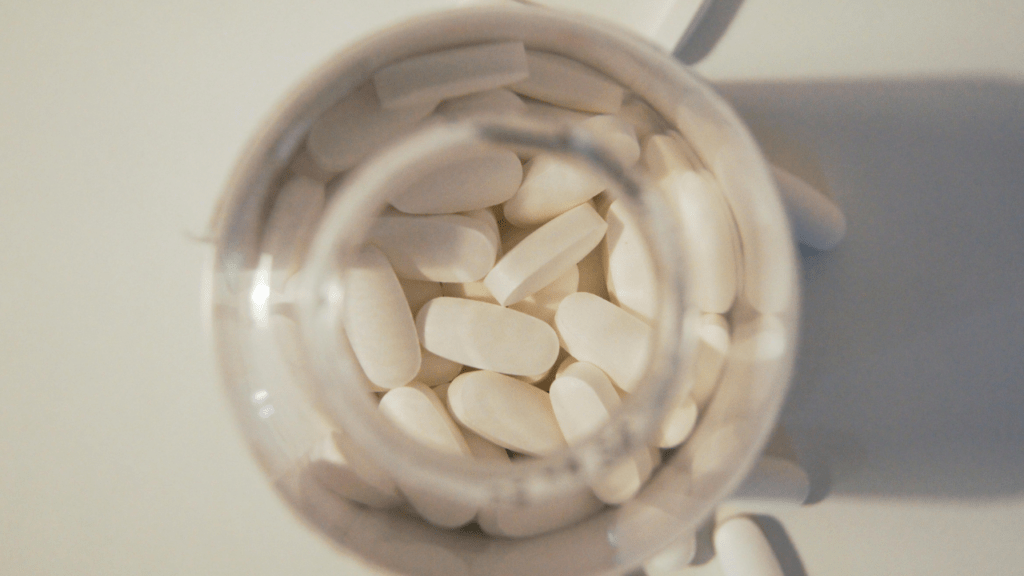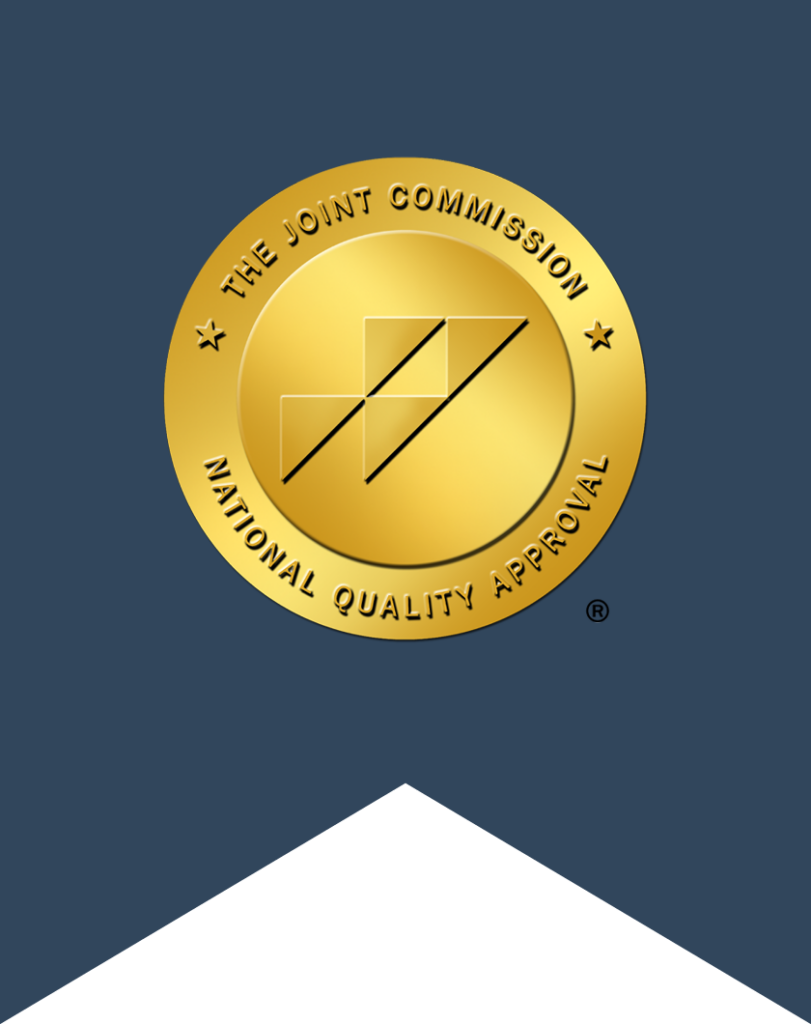Designer drugs have become an increasingly prevalent and dangerous trend in substance abuse. These synthetic compounds pose significant risks to users and present unique challenges for medical professionals and law enforcement. This article explores the world of designer drugs, their effects on the brain and body, and the importance of professional treatment for those struggling with addiction to these substances.
What Are Designer Drugs?
Designer drugs are synthetic substances created to mimic the effects of illegal drugs while attempting to circumvent existing drug laws. They are typically manufactured in clandestine laboratories by modifying the chemical structures of known illicit drugs. Some common categories of designer drugs include:
- Synthetic cannabinoids (e.g., K2, Spice)
- Synthetic cathinones (e.g., bath salts)
- Novel psychoactive substances (NPS)
- NBOMes (N-bomb)
- Synthetic opioids (e.g., fentanyl analogs)
These substances are often marketed as “legal highs” or labeled as “not for human consumption” to avoid regulatory scrutiny.
How Designer Drugs Are Created
The creation of designer drugs involves altering the molecular structure of existing illegal substances. This process aims to:
- Produce effects similar to known drugs
- Avoid detection in standard drug tests
- Exploit loopholes in current drug legislation
Chemists in underground laboratories continually modify these compounds, leading to a constant influx of new and potentially dangerous substances on the market.
Mechanisms of Action
Designer drugs work by interacting with various neurotransmitter systems in the brain. The specific mechanisms can vary depending on the type of drug:
Synthetic Cannabinoids
These substances bind to cannabinoid receptors in the brain, similar to THC in marijuana. However, they often have much stronger effects and can be more unpredictable.
Synthetic Cathinones
Bath salts typically affect the dopamine, norepinephrine, and serotonin systems, leading to stimulant and hallucinogenic effects.
NBOMes
These potent hallucinogens primarily act on serotonin receptors, particularly the 5-HT2A receptor, producing intense psychedelic experiences.

Synthetic Opioids
These substances interact with opioid receptors in the brain, similar to heroin or prescription painkillers, but are often much more potent.
Short-Term Effects of Designer Drugs
The immediate effects of designer drugs can be intense and unpredictable. Common short-term effects include:
- Euphoria and heightened sensory perception
- Increased heart rate and blood pressure
- Agitation and paranoia
- Hallucinations and delusions
- Nausea and vomiting
- Seizures
- Extreme anxiety or panic attacks
The intensity and duration of these effects can vary widely, even among batches of the same substance.
Long-Term Consequences
Prolonged use of designer drugs can lead to severe health complications, including:
- Cognitive impairment and memory loss
- Cardiovascular problems
- Kidney and liver damage
- Persistent psychosis
- Increased risk of stroke
- Addiction and dependence
The long-term effects of many designer drugs are still not fully understood due to their novelty and constantly changing formulations.
Challenges for Medical Professionals and Law Enforcement
Designer drugs pose significant challenges in several areas:
Medical Treatment
The ever-changing nature of these substances makes it difficult for medical professionals to:
- Identify the specific substance used
- Predict drug interactions
- Develop targeted treatments for overdose
Legal Challenges
Law enforcement faces obstacles such as:
- Rapidly evolving chemical structures that outpace legislation
- Difficulty in proving intent to distribute for human consumption
- Challenges in detecting these substances in standard drug tests
The Unpredictability and Dangers of Designer Drug Use
Designer drugs are particularly dangerous due to their unpredictable nature. Factors contributing to their risks include:
- Unknown chemical compositions
- Lack of quality control in production
- Potential for extreme potency
- Rapid tolerance development
- High potential for addiction
Users often have no way of knowing the exact contents or potency of the substances they are consuming, significantly increasing the risk of overdose and other adverse effects.
Addiction to Designer Drugs
Despite their perceived “legal” status, many designer drugs carry a high risk of addiction. The addiction process typically involves:
- Rapid development of tolerance
- Intense cravings and compulsive use
- Withdrawal symptoms upon cessation
- Negative impact on personal, professional, and social life
The addictive potential of these substances underscores the importance of professional treatment for those struggling with designer drug use.
Treatment Approaches at Destination Hope
At Destination Hope, we recognize the unique challenges posed by designer drug addiction. Our comprehensive treatment approach includes:
- Medically supervised detoxification
- Individual and group therapy
- Cognitive-behavioral therapy (CBT) to address underlying issues
- Education about the risks and effects of designer drugs
- Relapse prevention strategies
- Aftercare planning for long-term recovery support
Our team of experienced professionals is equipped to handle the complexities of designer drug addiction and provide personalized care to support lasting recovery.
Get Help Today
Designer drugs represent a significant and evolving threat to public health. Their unpredictable nature, potent effects, and addictive potential make them particularly dangerous. Understanding how these substances work is crucial for prevention, treatment, and public awareness.
If you or a loved one is struggling with designer drug use, it’s essential to seek professional help. The team at Destination Hope is here to provide compassionate, evidence-based treatment tailored to your unique needs. Don’t let designer drug addiction control your life. Call us today at 954-302-4269 to take the first step towards recovery and reclaim your future.

